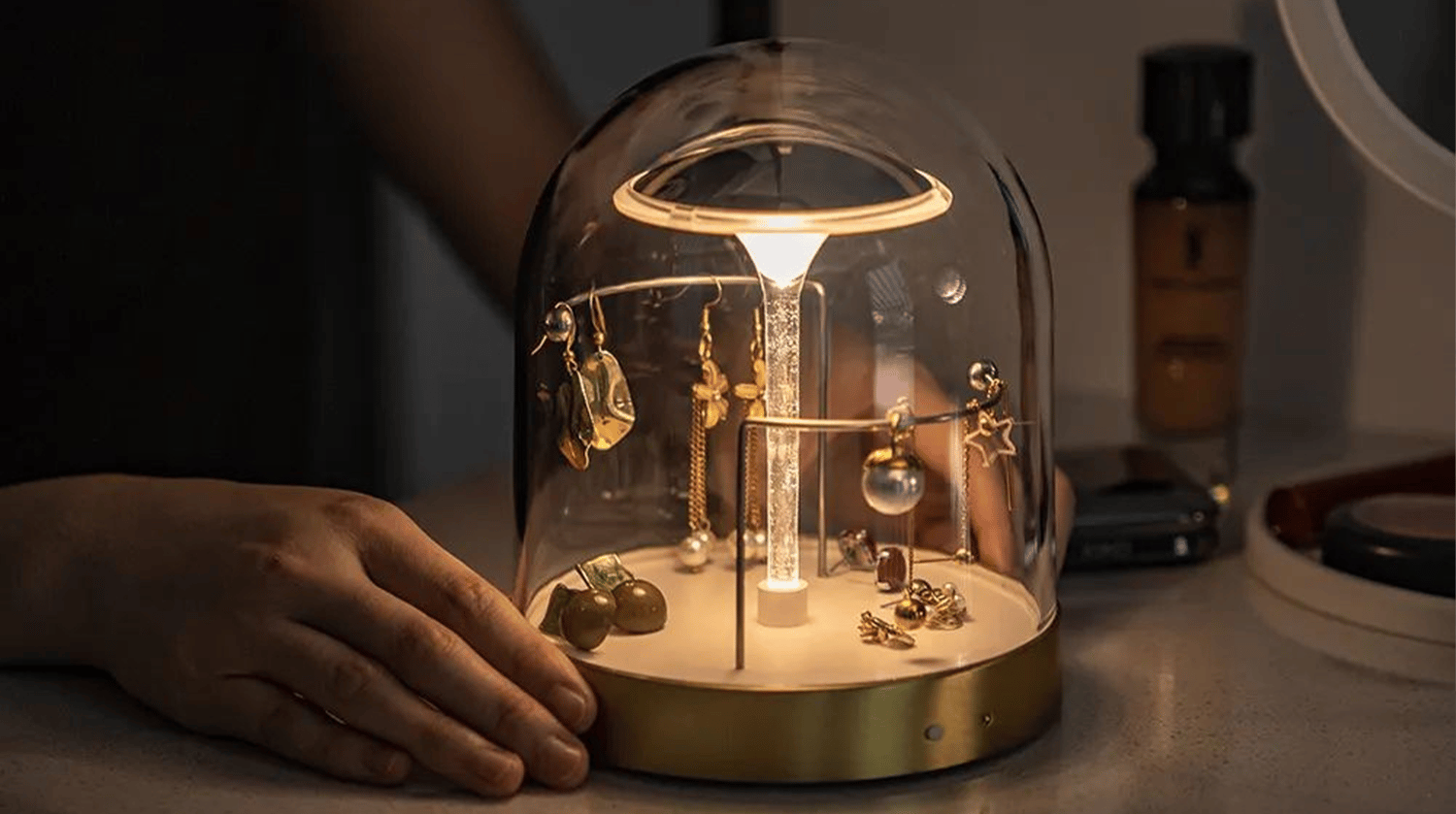When designing a bathroom, sometimes the lighting is the last thing considered. In reality, it can make or break even a tiny powder room. You want the space to be functional-yet-relaxing, with enough light for your daily routine and illuminating focal points. Here are some considerations when selecting bathroom lighting fixtures.
Think in Layers
In the bathroom, there are four layers of light that all work together to create depth and dimension, and make the space functional:
- Task lighting is just what it sounds like. You need to light the area where you work — wash your face, shave, and put on makeup. The vanity is the workspace in the bathroom. See below for some vanity lighting ideas.
- Accent lighting adds depth and dimension, highlighting plants or pictures on the wall and providing an illuminating glow. This could be flood lights, wall sconces, or even lamps that highlight a corner of the room.
- Decorative lighting is the bling. It’s that cute miniature chandelier that hangs above the tub or those gorgeous wall sconces that add a bit of interest to the room.
- Ambient lighting is a gentle light that fills the room and bounces off the ceiling. This is best achieved with recessed lights or flood lights that direct the light throughout the space.
Prevent Vanity Shadows
Light your vanity in such a way that you prevent dark shadows under your eyes, nose, and chin. Most people light the vanity area — where one would put on makeup and shave — with a single light mounted above the mirror that shines down over the sink. This lights up the forehead of the person while leaving the lower half of the face in shadow.
Avoid this mistake by placing two wall-mounted fixtures on either side of the mirror at eye level, creating cross-illumination. Aim for 100-watt bulbs per fixture in a larger bathroom and 40 watts per fixture in a powder room or other small bathroom.
Light the Tub Area
A nice accent miniature chandelier over the tub adds a warm glow and a lot of elegance if you have the space for it. You can make a big impact with a mini-chandelier if you have a smaller space to fill, like over the bathtub.
Create Evening Lighting
Think about getting up in the middle of the night to use the bathroom or grab a drink of water — you don’t want to turn on those vanity or overhead lights. Instead, install toe-kick lighting underneath the base cabinets that illuminates your footpath without overpowering you with light when you’re half-asleep.
Use Natural Light
Wherever possible, use the natural light that comes into the room. If there’s a window, consider a simple shade or other window treatment that allows you to easily let the morning sunshine in and create a relaxing environment.
Maintain a Consistent Style
Let your light fixtures work together to create a unifying look. They can be different but choose similar materials. For example, if you have overhead pendant lights, they should belong to the same color family as your wall sconces. If you have bronze vanity fixtures, you probably want to stick with that material for your sconces.
Consider Fixture Size
When choosing the size of your fixtures — small sconces versus large track lights or recessed lighting — remember that the larger your fixtures, the smaller your bathroom will look. Typically, bathrooms have limited space, so you may want to scale down your fixture size a bit. There are many fixtures that come in 1-light, 2-light, 3-light, 4-light or more variants so find ones that fit perfectly with your vanity.
Make a Statement
If you have the space, go ahead and buy that cute chandelier to hang over the bathtub or those glamorous pendant lights. Don’t be afraid to add a statement piece, as long as it’s well-placed. Also, consider how it fits with the rest of the house. You don’t want a contemporary bathroom that sits adjacent to your traditional living room.
Make it Energy Efficient
If you’re creating a new room, it’s best to evaluate your energy use and look for energy-efficient fixtures and bulbs. Here are some considerations:
- Color temperature. Consider LED bulbs that are 2700 to 3000 Kelvin to create a warm glow rather than a harsh glare. Our favorites below are great LED options that give an even amount of light.
- CRI rating. This is the color-rendering index, and it’s a measure of how color is interpreted by the human eye. The higher the CRI, the better color is rendered. Look for a CRI of 80 or higher, as bulbs with lower CRIs tend to throw off light that looks grayer.
- Energy star. This certification indicates that a bulb went through testing for light output, efficiency, and longevity. Both CFL and LED lights can have this certification, as they’re both considered energy-efficient compared to incandescent lighting.

